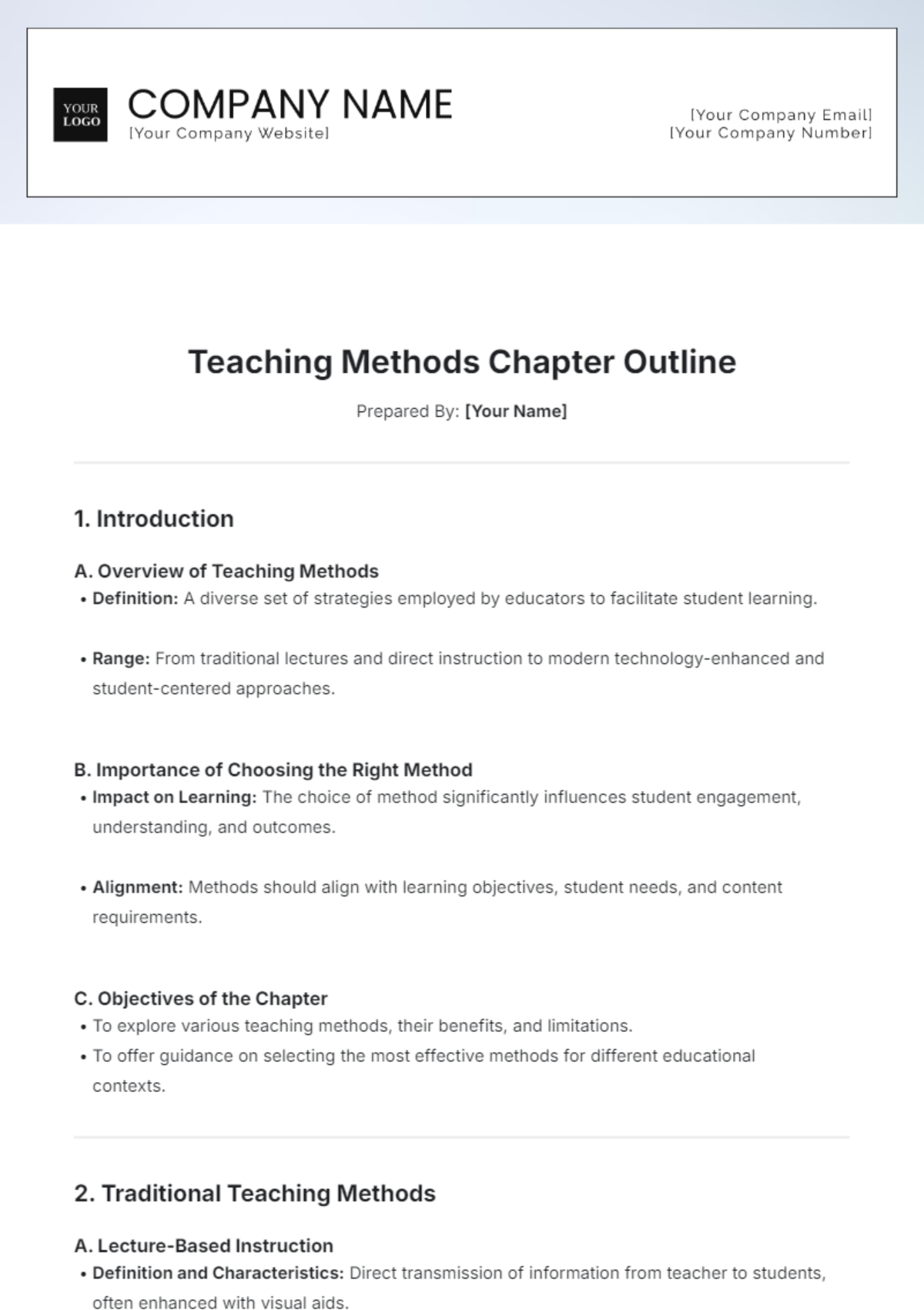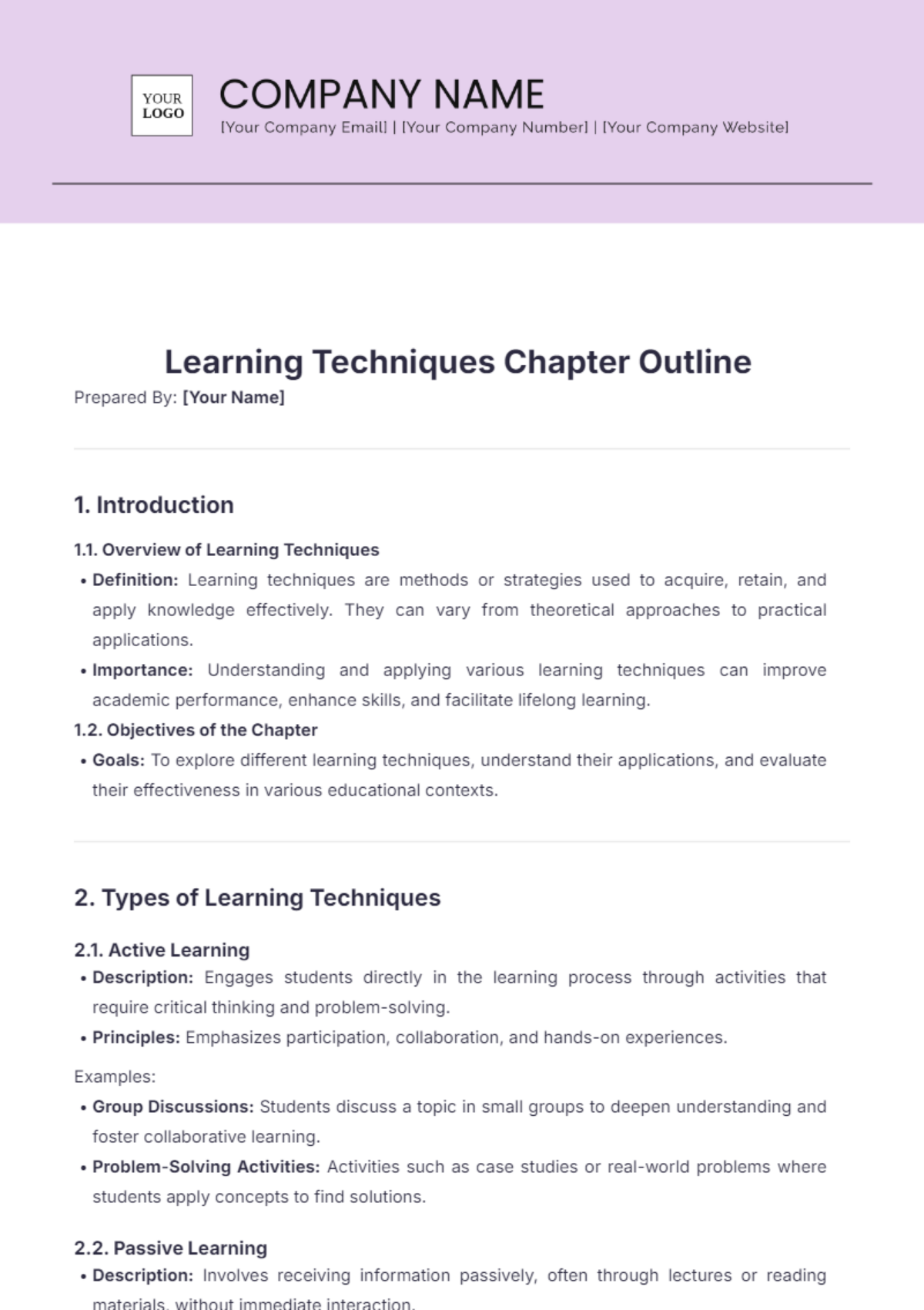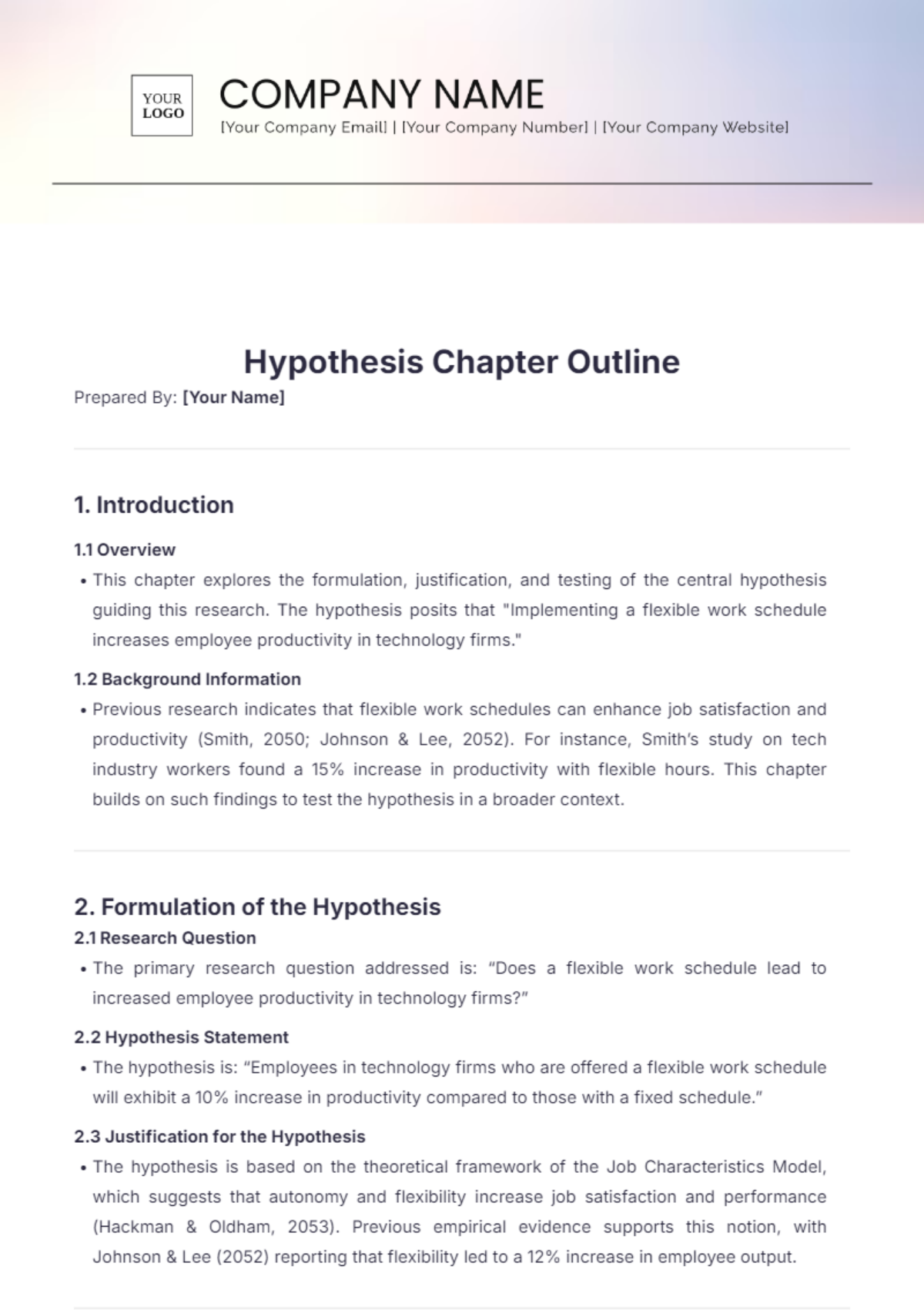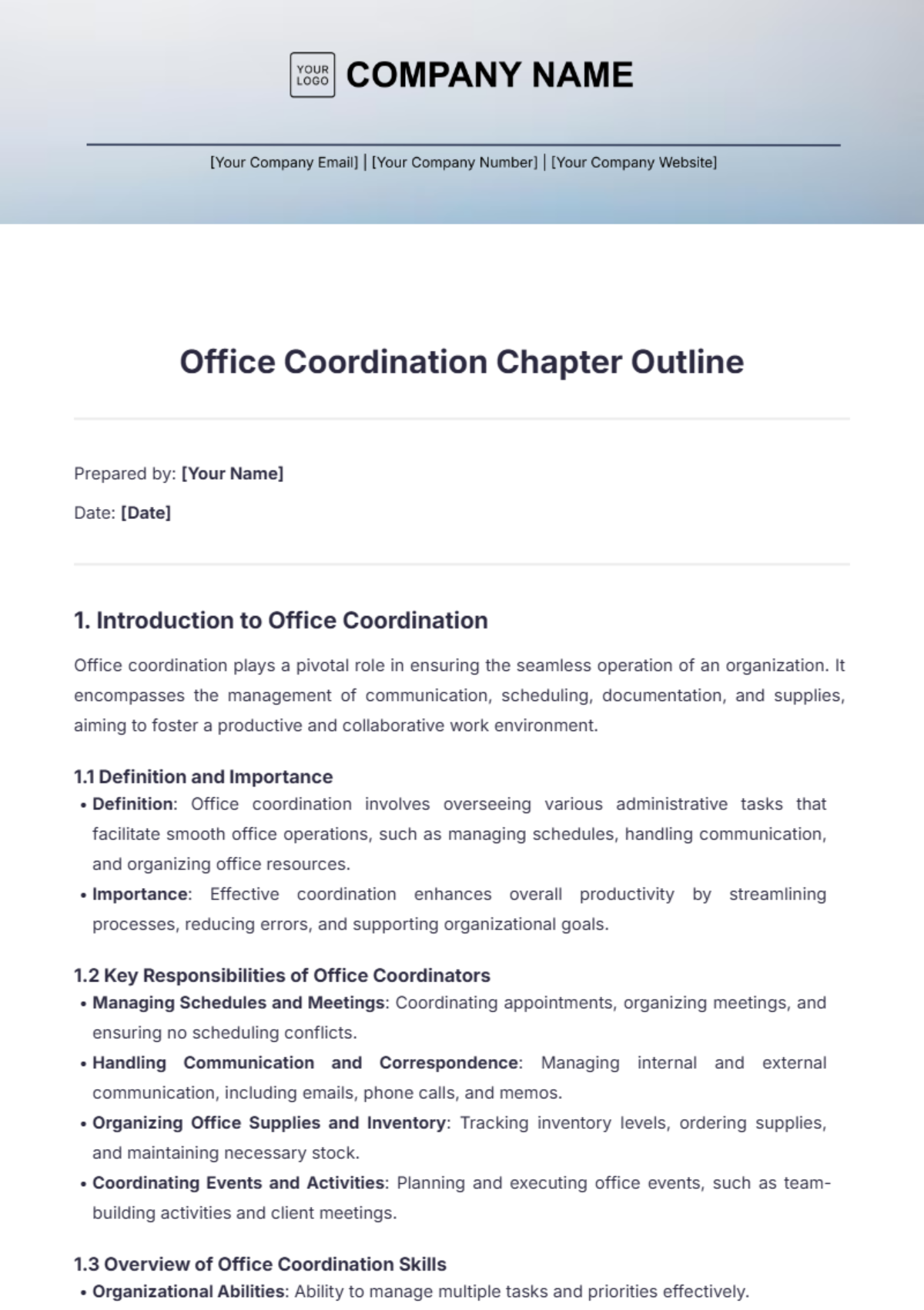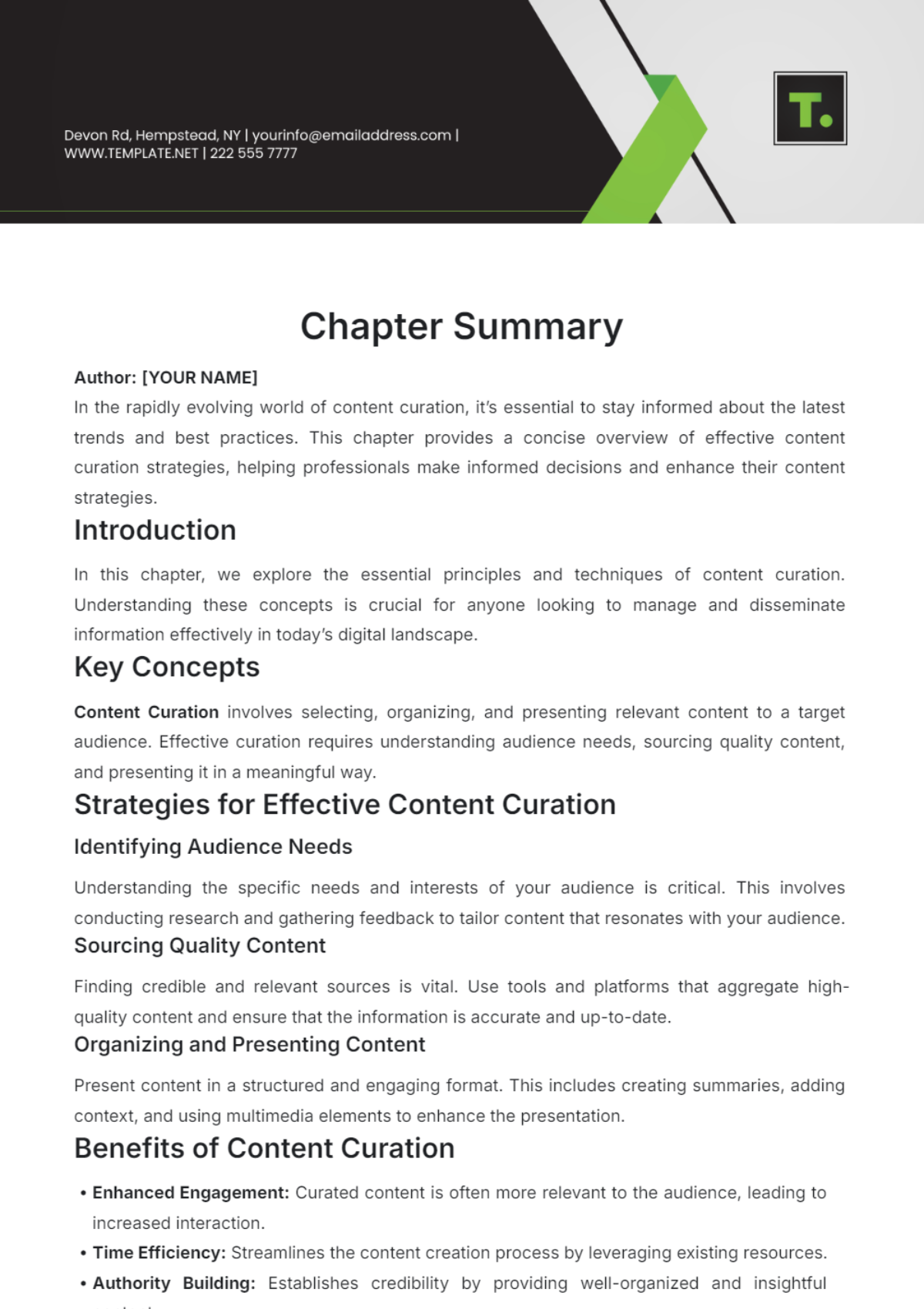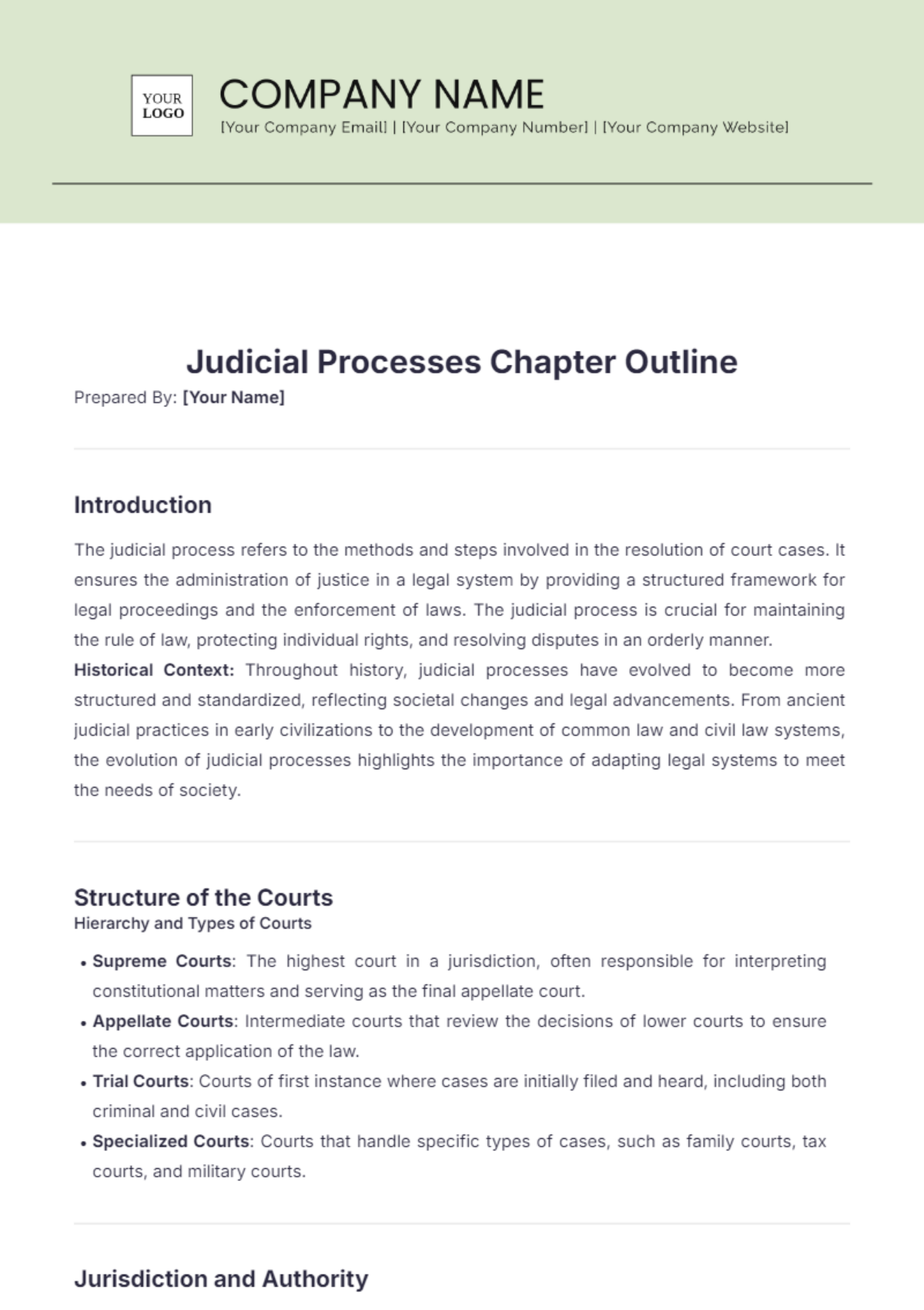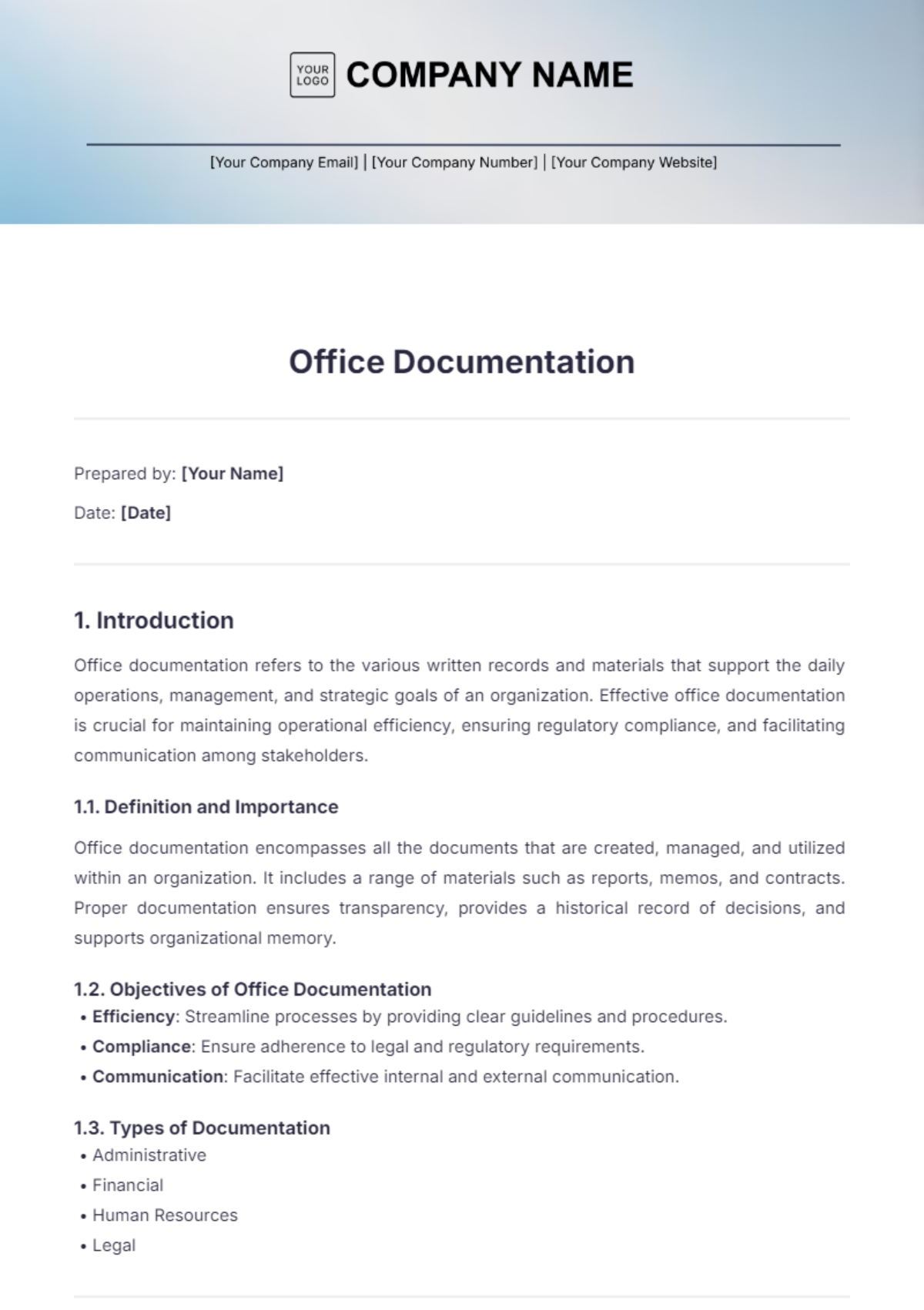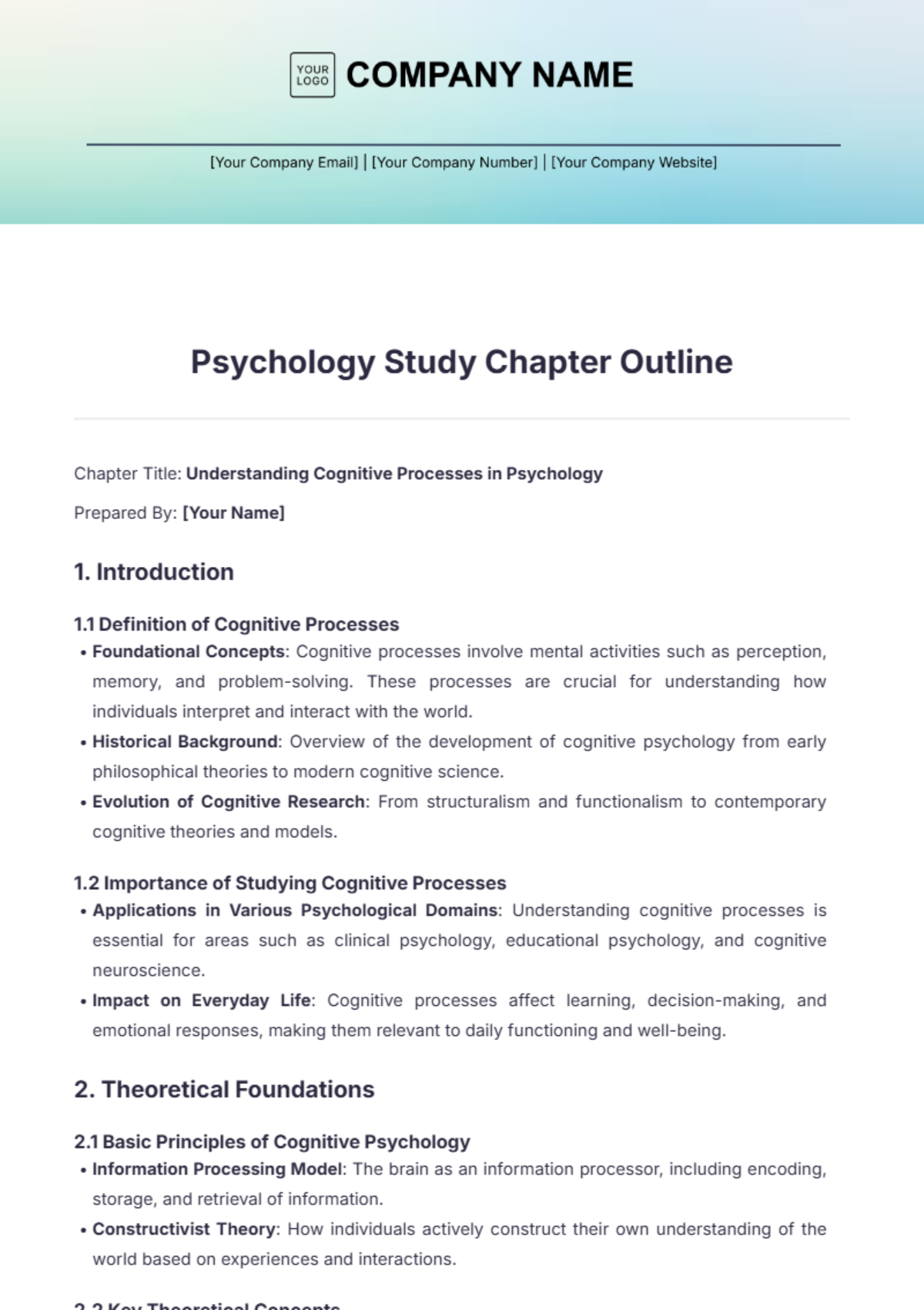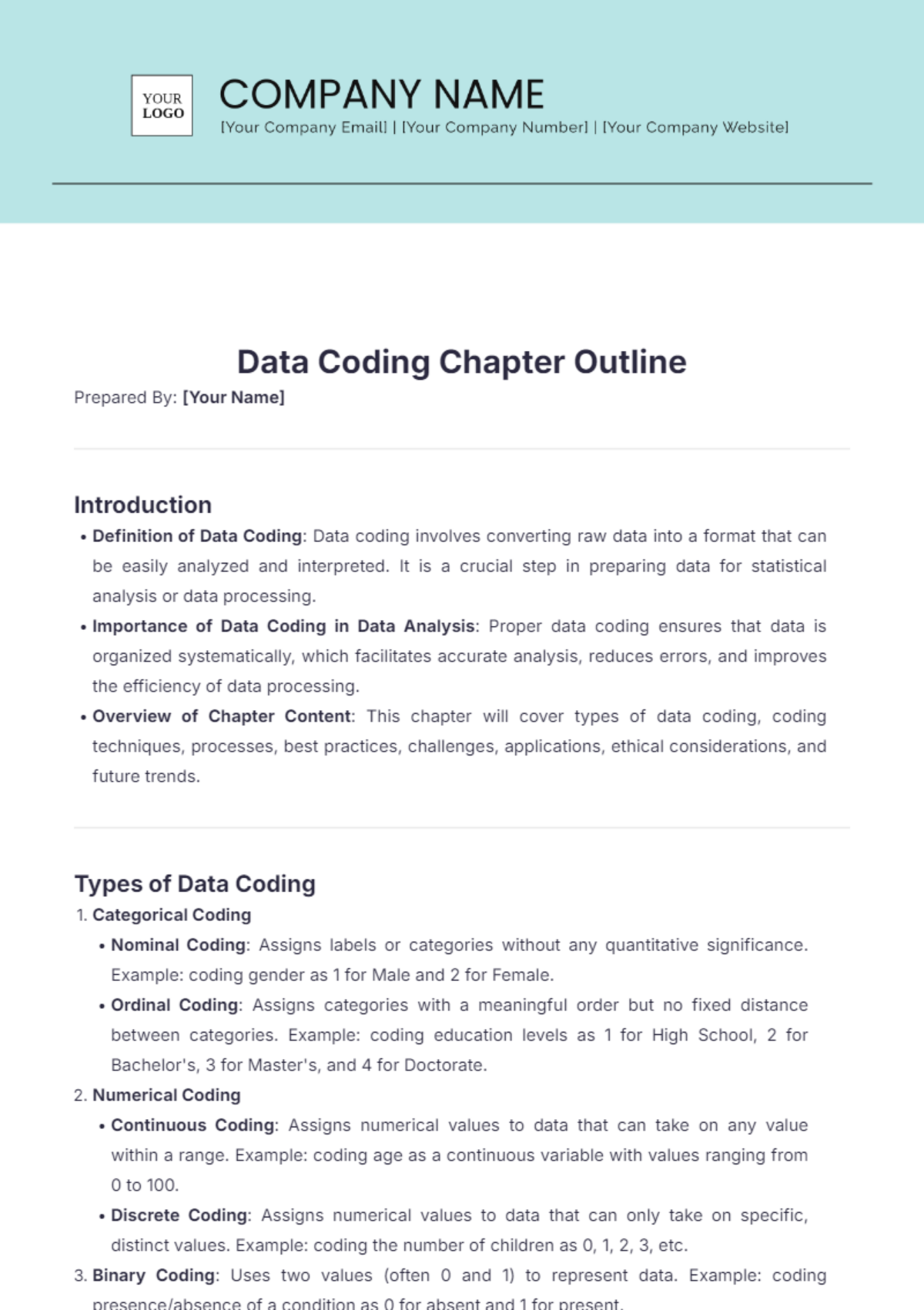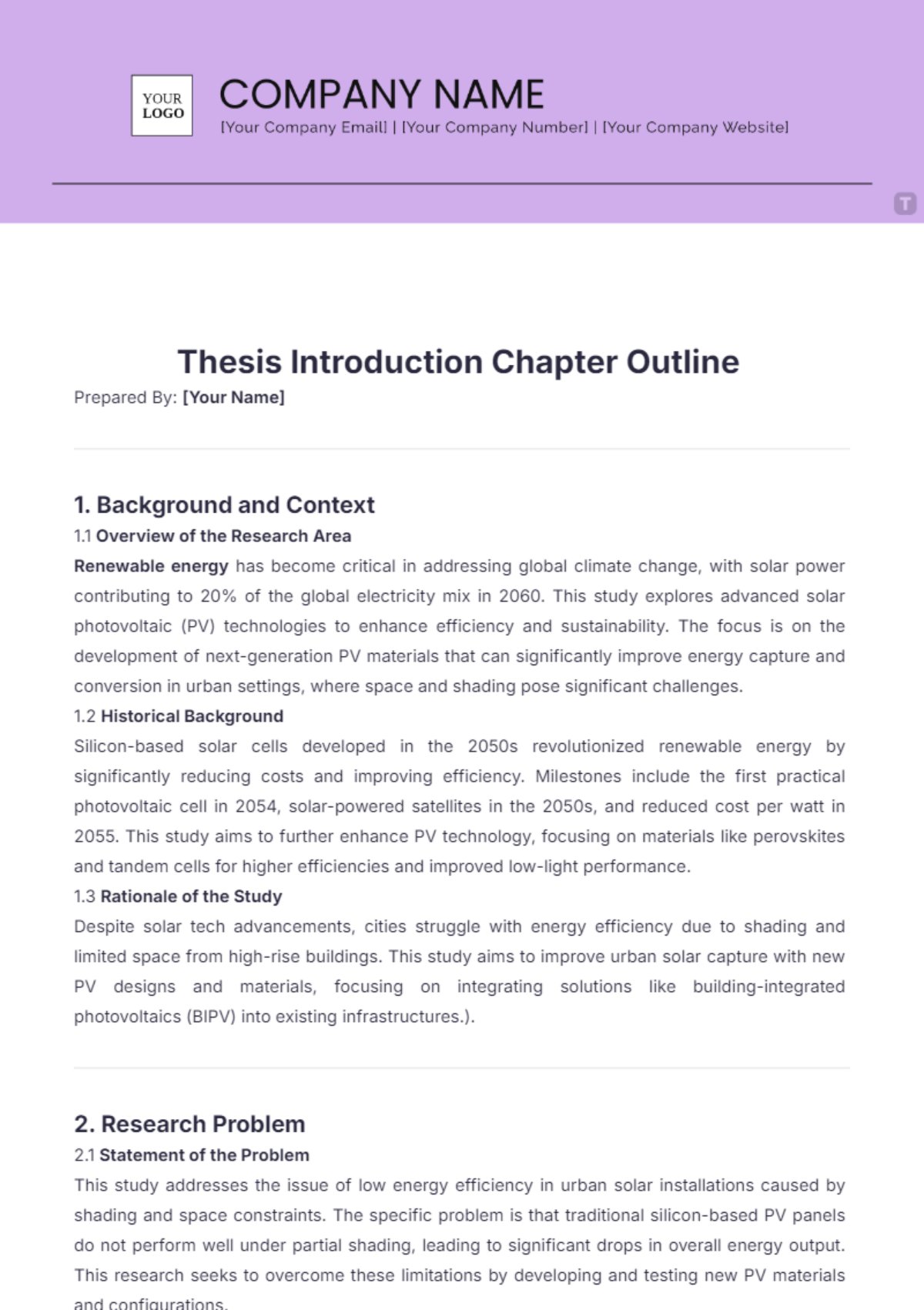Chapter Planning
Name: | Company: | Department: | Date: |
|---|---|---|---|
[YOUR NAME] | [YOUR COMPANY NAME] | Research and Development | August 14, 2050 |
I. Introduction
This chapter aims to delve into Artificial Intelligence and its role in predictive healthcare, providing a comprehensive analysis and actionable insights. The goal is to equip readers with knowledge and tools that are essential for integrating AI technologies into clinical decision-making.
The significance of this inquiry stems from its potential to impact the medical technology industry significantly. Through a detailed exploration of AI algorithms and data-driven diagnostics, this chapter intends to lay the groundwork for future developments in this area.
II. Background
To fully understand the implications of AI in healthcare, it is essential to consider the historical context and preceding developments. This section discusses the evolution of machine learning in medicine and how it has led to the current state of affairs.
Key milestones discussed include the emergence of deep learning in the 2030s, AI integration in imaging diagnostics, and the rise of personalized medicine, each contributing uniquely to the overarching understanding of AI-driven healthcare innovations.
III. Current Trends and Analysis
The landscape of healthcare technology is continually evolving. This section focuses on current trends such as AI-driven patient management systems and genomic data analysis, and their implications on clinical practice. Case studies include AI applications in oncology treatment plans to illustrate these points vividly.
Quantitative and qualitative data analyses offer insights into AI’s accuracy in diagnostics, identifying potential areas for growth and development. Graphs, charts, and tables will complement the narrative, providing a clearer understanding of the dynamics at play.
IV. Challenges and Opportunities
Despite the advancements in AI in healthcare, several challenges remain. This section explores critical issues such as data privacy concerns and regulatory hurdles that professionals and industry leaders must address. Possible solutions include strengthened data encryption protocols, drawing upon recent case study reviews and expert opinions.
Conversely, the evolving scenario opens new opportunities in real-time patient monitoring and AI-enhanced treatment personalization. Strategic approaches to harness these opportunities include collaborative research initiatives, leveraging advanced analytics tools, thus enabling stakeholders to capitalize on emerging trends effectively.
V. Future Outlook
The future of AI in healthcare looks promising with developments in predictive diagnostics and robotic surgeries. This final section will extrapolate current trends to predict future changes in global healthcare systems, discussing potential impacts and the roles of key players.
Further, recommendations for industry stakeholders will be outlined to prepare for upcoming changes, ensuring readiness and competitive advantage. Thought leadership from AI specialists and healthcare innovators will be utilized to enrich this section's forecasts and insights.
VI. Conclusion
In conclusion, this chapter highlights the convergence of AI and healthcare, emphasizing the intricate connections between past developments and future prospects. This chapter has not only detailed the impact of AI on diagnostics and treatment but also set the stage for ongoing contributions to modern medical practices.
The insights provided herein are instrumental for healthcare professionals and tech developers, aiding in strategic decision-making and long-term planning. The next steps would involve continued innovation and investment in AI technologies, ensuring the continuous advancement of the healthcare industry.



















